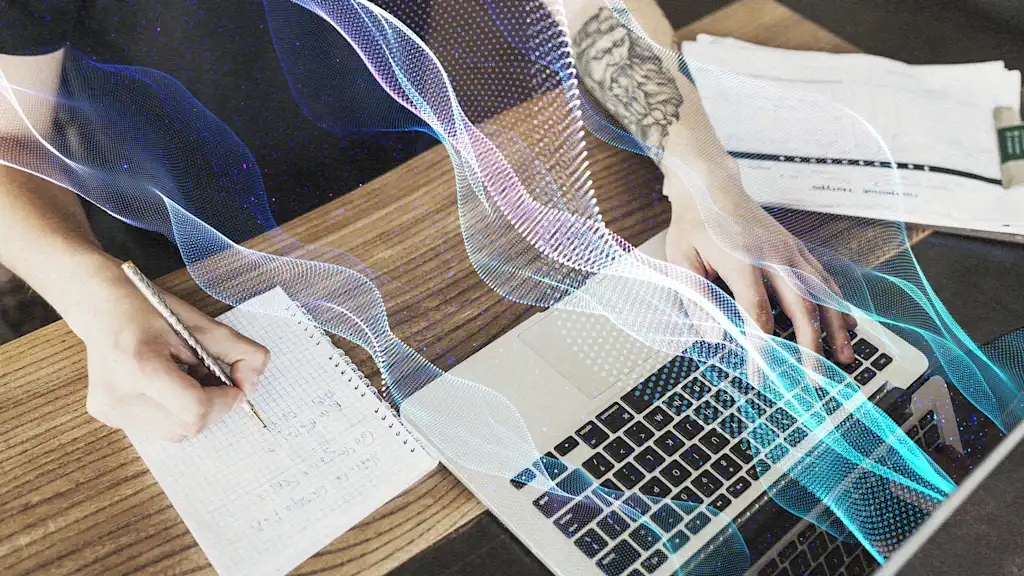
"When ChatGPT went viral, leadership teams rushed to understand it, but their employees had already beat them to the chase. Workers were already experimenting with AI tools behind the scenes, using them to summarize notes, automate tasks, and hit performance goals with limited resources. What started as a productivity shortcut has evolved into a new workplace norm. According to Microsoft's Work Trend Index, three in four employees are"
"Instead of physical devices, employees are introducing algorithms into workflows-algorithms that weren't vetted by IT, compliance, or legal. And in today's fast-moving regulatory climate, that can create serious risk: Almost half of employees using AI at work admitted they were doing so inappropriately, such as trusting all answers AI gives without checking them, or entrusting it with sensitive information. The BYOAI trend is not a fringe behavior or a passing tech fad."
Employees began experimenting with AI tools behind the scenes, using them to summarize notes, automate tasks, and meet performance goals. Three in four employees use AI at work, and roughly 78–80% of AI users bring personal tools into workplaces across company sizes. The phenomenon is called Bring Your Own AI (BYOAI) and parallels early BYOD adoption, but substitutes algorithms for devices. These unvetted algorithms can bypass IT, compliance, and legal review, creating regulatory and data risks. Many users admit inappropriate AI use, such as unverified outputs or sharing sensitive information. Overworked, under-resourced teams and accessible tools drive this growing workplace practice.
Read at Fast Company
Unable to calculate read time
Collection
[
|
...
]